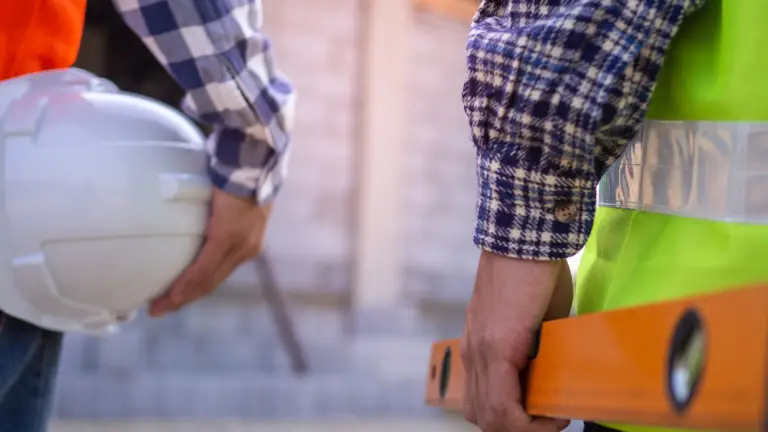When it comes to construction, the importance of proper drainage cannot be overstated. A well-designed and executed drainage system is crucial for the long-term durability and functionality of any structure. In this comprehensive guide, we will delve into the significance of getting drainage right in construction, highlighting key aspects, challenges, and best practices.
To view AH Construction’s projects click HERE
Understanding the Role of Drainage:
- Foundation Protection: Adequate drainage plays a pivotal role in protecting a building’s foundation. Without proper drainage, water can accumulate around the foundation, leading to erosion, cracks, and even structural damage over time.
- Preventing Water Intrusion: Properly designed drainage systems help prevent water from infiltrating a structure. Water intrusion can cause a multitude of problems, including mold growth, interior damage, and compromised structural integrity.
- Landscape Preservation: Drainage is not limited to structures; it also impacts landscaping. Well-planned drainage systems protect outdoor spaces from erosion, soil degradation, and waterlogging.
Challenges in Drainage Design and Installation:
- Site-Specific Considerations: Each construction site is unique, presenting its own drainage challenges. Factors like topography, soil type, climate, and local regulations must be considered during the design phase.
- Sustainable Practices: Increasingly, construction projects are incorporating sustainable drainage solutions. These include rain gardens, permeable pavements, and green roofs, which help manage stormwater and reduce environmental impact.
- Maintenance: Even a well-designed drainage system requires regular maintenance. Accumulated debris, silt, or root intrusion can compromise drainage effectiveness over time. Implementing a maintenance schedule is crucial.
Best Practices for Effective Drainage:
- Site Assessment: Begin with a comprehensive site assessment to understand existing drainage patterns and potential problem areas. This data informs your design.
- Grading and Sloping: Proper grading and sloping ensure that water naturally flows away from structures and vulnerable areas. This is foundational for effective drainage.
- Sizing Components: Choose drainage components, such as pipes, gutters, and catch basins, that are correctly sized for the expected water volume. Oversized components can be as problematic as undersized ones.
- Erosion Control: Implement erosion control measures like retaining walls, silt fences, and erosion control blankets to prevent soil erosion during and after construction.
- Permeable Surfaces: Consider using permeable surfaces, like permeable concrete or pavers, to allow water to infiltrate into the ground, reducing runoff.
- Regular Inspections: Schedule regular inspections and maintenance to identify and address drainage issues promptly. This proactive approach prevents costly repairs in the long run.
- Local Regulations: Be aware of local building codes and regulations related to drainage. Non-compliance can result in project delays and legal issues.
Proper drainage in construction is not an aspect to be overlooked or underestimated. It directly impacts the integrity of structures, the health of landscapes, and the long-term success of any construction project. By understanding the role of drainage, recognizing the challenges, and implementing best practices, construction professionals can ensure that their projects are built to last and withstand the tests of time and nature.
To view AH Construction’s projects click HERE




